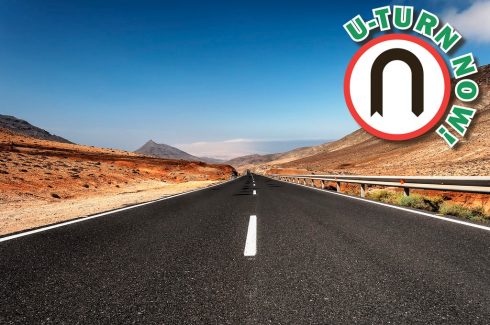Whether it was a bullring in Osuna province, a Basque islet, Almería’s Desert of Tabernas or Castellón’s Peñíscola, the creators of HBO’s worldwide smash hit show Game of Thrones were spoilt for choice when they were searching for locations to shoot in Spain. Not surprisingly, the stunning images that served as a backdrop for the epic fantasy show caught viewers’ attention and imagination, serving to boost visitor numbers to the sites featured in the series.
Now history appears to be repeating itself, thanks to the recent release of the Game of Thrones prequel, House of the Dragon. Once again, the producers of the HBO production have turned to Spain (and Portugal) for their locations, this time around jetting to Andalucía, Cataluña and Extremadura, among others.
For proof of the interest in the Spanish locations used by HBO for the saga, look no further than the stairway that leads to the Basque islet of San Juan de Gaztelugatxe’s chapel. Located in Bermeo, Bizkaia, the site became something of a landmark after it appeared in Game of Thrones, and was actually overwhelmed by visitors after the show aired.
No doubt in response to this phenomenon, HBO has just released a mini-documentary via its YouTube channel focusing solely on the Spanish locations used for House of the Dragon.
Like Game of Thrones, this latest instalment is based on the series of novels written by George R. R. Martin, A Song of Fire and Ice, and takes place some 200 years before the events portrayed in the original series.
In the documentary, showrunner Ryan J. Condal explains how “Spain had a big legacy going back to the original series, so we did want to honour that. He added: “There were a lot of things in Spain that we wanted to go back to and use in the series, and it’s such a wonderful place to shoot.”
Cáceres, Granada and Girona are among the sites to feature in the new show. One actor describes Cáceres as “one of the most beautiful towns I’ve ever been in”, while a member of the production team relates how the bosses immediately fell in love with the square in Trujillo, also in Cáceres province.
The documentary explains how sites such as Trujillo had to be shut down for weeks due to the shoot. But given the worldwide fame that such exposure brings to these jewels of the Spanish landscape, that’s a price that residents and authorities alike are no doubt more than happy to pay.
READ MORE:
- Spain starts Eurovision Song Contest entry process by finding Benidorm Fest 2023 line up
- CAUGHT LIVE: Brotherly love as Marley brothers sing soulful Bob Marley ballad at Valencia’s giant reggae festival
Click here to read more Spain News from The Olive Press.








